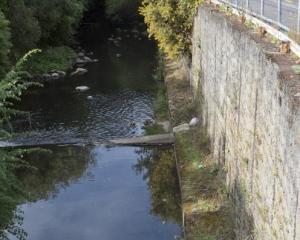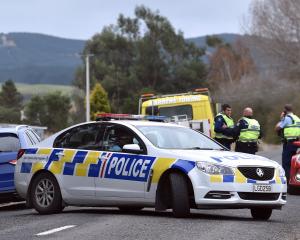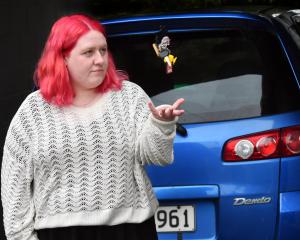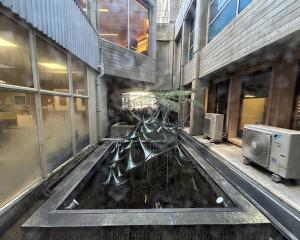
The seizures follow the August conviction of a Dunedin businessman after he attempted to register a previously non-compliant white Subaru under a compliant silver Subaru's identity.
Rebirthing, or ringing, is where the identification numbers of vehicles that have been deregistered, usually written off, are removed and put on an imported, stolen or reworked vehicle (often using car parts stolen to match), so it can be certified and registered in New Zealand.
In the earlier case, among other alterations, the chassis number from the silver car was welded into the white car and spray-painted over.
Detective Sergeant John Hedges, of Dunedin, said he did not think rebirthing in Dunedin was on the same scale as in other parts of the country, where those behind large and lucrative car theft rings hired specialists to rebuild cars.
But it was something police in the city did not have the resources to address, so they did not know the extent of the problem.
"Certainly cars are being stolen for parts, mainly high-end cars like Holden Commodores and Subarus."
Car yards in Dunedin also reported parts stolen from time to time. Most stolen cars were recovered damaged or simply dumped, but stolen parts were particularly difficult to identify.
Police were concerned about rebirthing for three reasons, Det Sgt Hedges said.
First, cars were being stolen and that affected their owners; second, rebirthed cars could be unsafe for potential buyers and anyone driving them, and third, rebirthing was usually linked to organised criminal activity.
Dunedin police Commercial Vehicle Investigation Unit vehicle safety officer Jeff Fleury said it was inevitable some industry people, such as mechanics and scrap dealers, were involved in the practice on some level in Dunedin.
There were some "pretty obvious" signs the two cars seized last month were rebuilt. One of the cars was, for example, a different colour from what its registration details said it should be.
Car rebirthers were getting more sophisticated too. Where they used to just take the numbered section off one car and weld it into another, they now took the whole part, he said.
He said police supported a measure requiring all imported cars to be sprayed with tiny, scannable microdots, giving each car and sprayed parts a unique, traceable identity.
The insurance industry has also supported the move, saying it would make it easier to identify stolen parts and harder for thieves to change a vehicle's identity, but in February, the Motor Industry Association, which is concerned about the cost of the scheme, secured a court order to prevent it being introduced.
A vehicle inspector who has worked in vehicle compliance in Dunedin for 14 years said he had seen rebirthed vehicles come through the system, but he could "probably count how many on one hand".
Checklist
Checks to make when buying a vehicle.-
• Have the chassis or vehicle identification numbers (VIN) been altered?
• Has the engine number been altered?
• Have the identification plates/tags been removed?
• Are there any signs of grinding marks, near or around the chassis or engine number or overspray of paint near the firewall?
• Are there any signs of body parts bearing identification data being removed, replaced or altered?
• Do plates match warrant of fitness and registration details?












